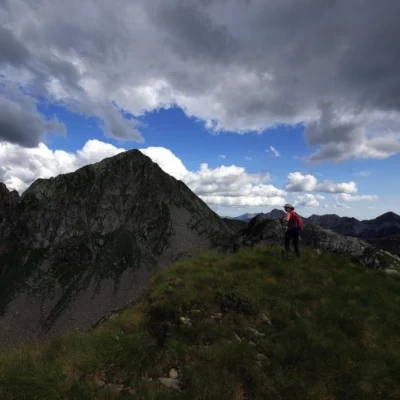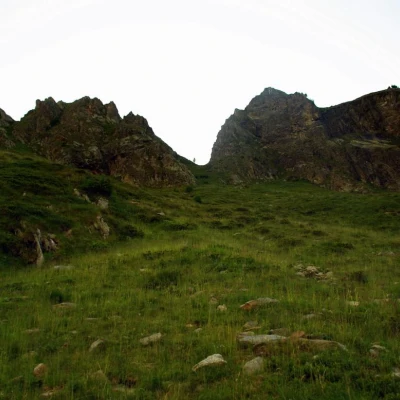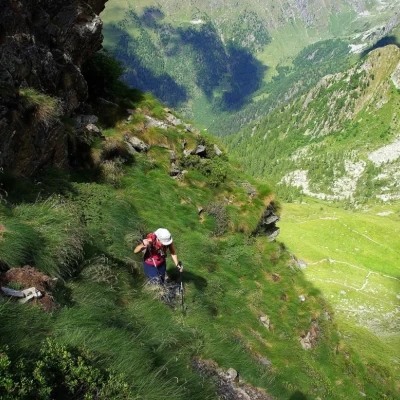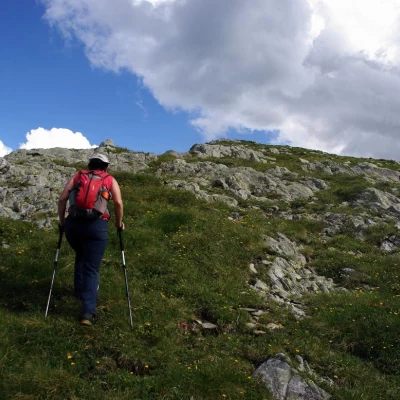Monte Moro, from Contrada Piana
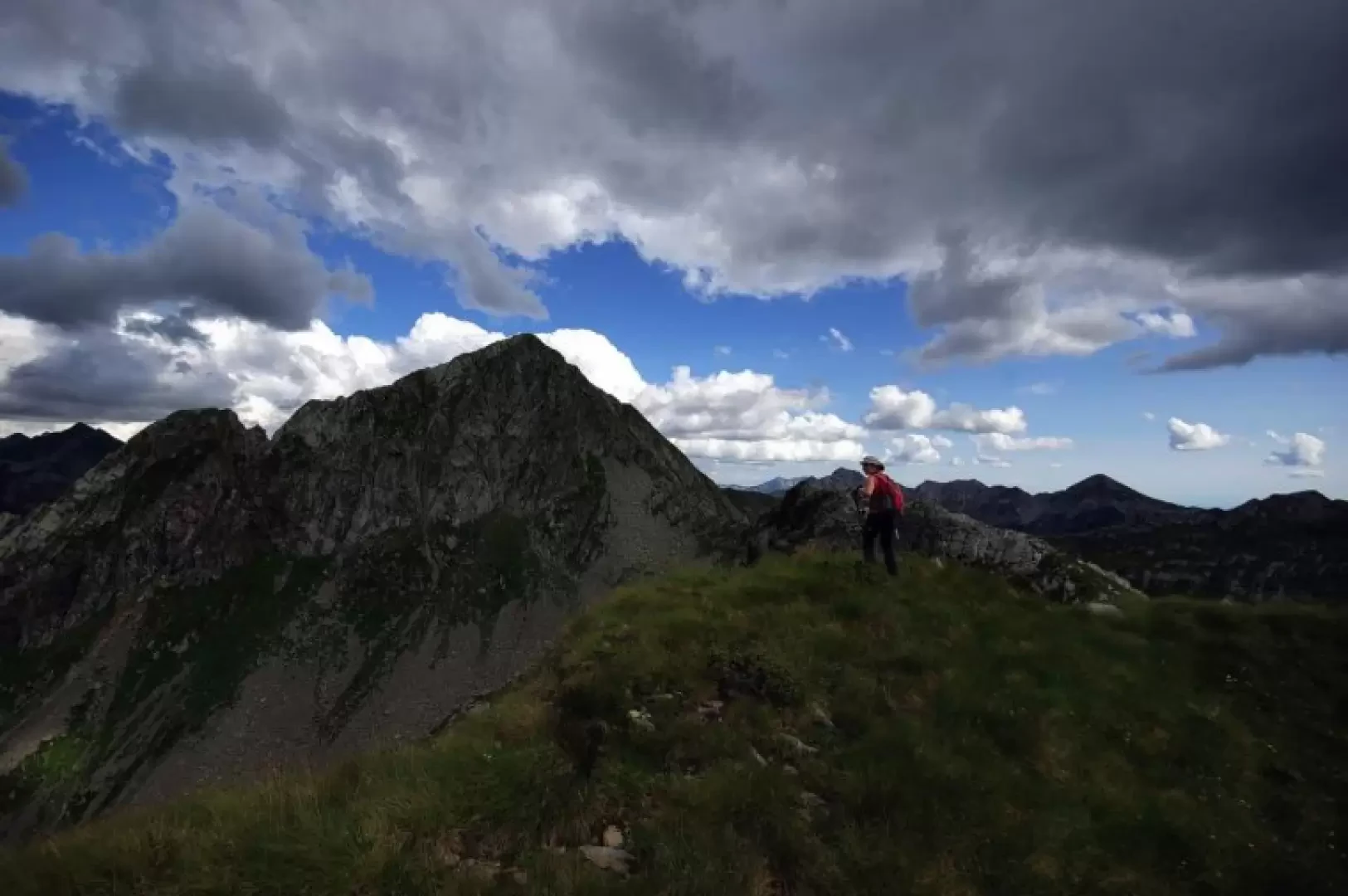
Access
From Milan to Morbegno along state roads 36 and 38; continue in the direction of Sondrio until the crossroads immediately after the viaduct over the Tartano stream: turn right in the direction of Val Tartano. Go up a long series of hairpin bends, past the hamlet of Campo and on to Tartano. Take the road to Val Lunga and you will reach Contrada Piana (a white bell tower is visible) and find a car park at the side of the road.
Introduction
One of the many extremely scenic peaks that can be reached in this area: practically unknown to non-local tourism, but pleasant for the pastoral landscapes unsuspected from below and invisible from the usual well-known hikes. Of more 'technical' use is the glimpse of other possible destinations straddling Val Lunga and Val Corta (Valle di Lemma and Val Budria): essential to replace the existing cartography, which is obsolete, confused and grossly simplified. Possibility of encountering herds of chamois.
.Description
At the Contrada Piana bridge 1269m (near the car park), cross the stream and climb up the opposite bank for a few dozen metres to a wooded clearing with a tin box; here begins the unmarked path that we must take. The ascent is immediately intense and a series of hairpin bends leads us to the edge of a steep clearing of abandoned pastureland; the track re-enters the trees and climbs up the right-hand edge; a section protected by handrails leads to the crossing of a small valley with scarce water: another ascent and a section of up and downhill stretches bring us closer to the vast pastures of the Gàvet. Back in the open, we join a marked track (not far from the service cableway to the alp above) and ascend the slope with long, comfortable traverses. When you reach the huts of Casera Gàvet 1724m, the path widens into a small, bumpy track for agricultural vehicles: continue left until you come to a fork in the road, which you cross again to the left; after climbing over a ridge, you come to the beautiful basin of Casera Gavedìi 1843m, a vast expanse of pastureland fenced in by drystone walls. Continue slightly uphill and overcoming another ridge leads to the pastures of Casera Gavedùu 1897m. Here the track - slender and poorly marked by old stretches of paint - ascends, tending to the right towards the slopes of Monte Gàvet 2318m, which looms overhead: near some rocks (small spring spring springing from the rock), a path leads to a third area of pastureland, those belonging to the Baita Frègia 2013m. There is no need to descend to reach it. Looking upwards, we have this view from left to right: the pyramid of Pizzo della Scala 2427m, a stony nozzle that is neither listed nor named, a stretch of ridge that leads to Monte Moro 2277m, a grassy saddle (possible descent route), a rocky ridge that goes down to the nozzle of Q2100m cica, Monte Gàvet 2318m. Once oriented, go up the conoid that converges in the Bocchetta Q2100m: a few rare traces in the avalanche-beaten slope cross the slope between juniper rhododendrons and tufts of treacherous grass; the slope is never excessive and, in the upper part of the gully, you will find some good signs of paint. Having reached the pass, one proceeds easily amidst grasses and a few walkable rocks on the left-hand crest, which, in contrast to the vertical and precipitous eastern slope, here consists of a rounded and panoramic ridge. We soon reach the grassy esplanade culminating at Monte Moro 2277m. Descent via the outward route. A short variation of similar difficulty is possible, descending towards Baita Frègia from the grassy saddle (already indicated above) immediately at the foot of the last slope to the summit.
.